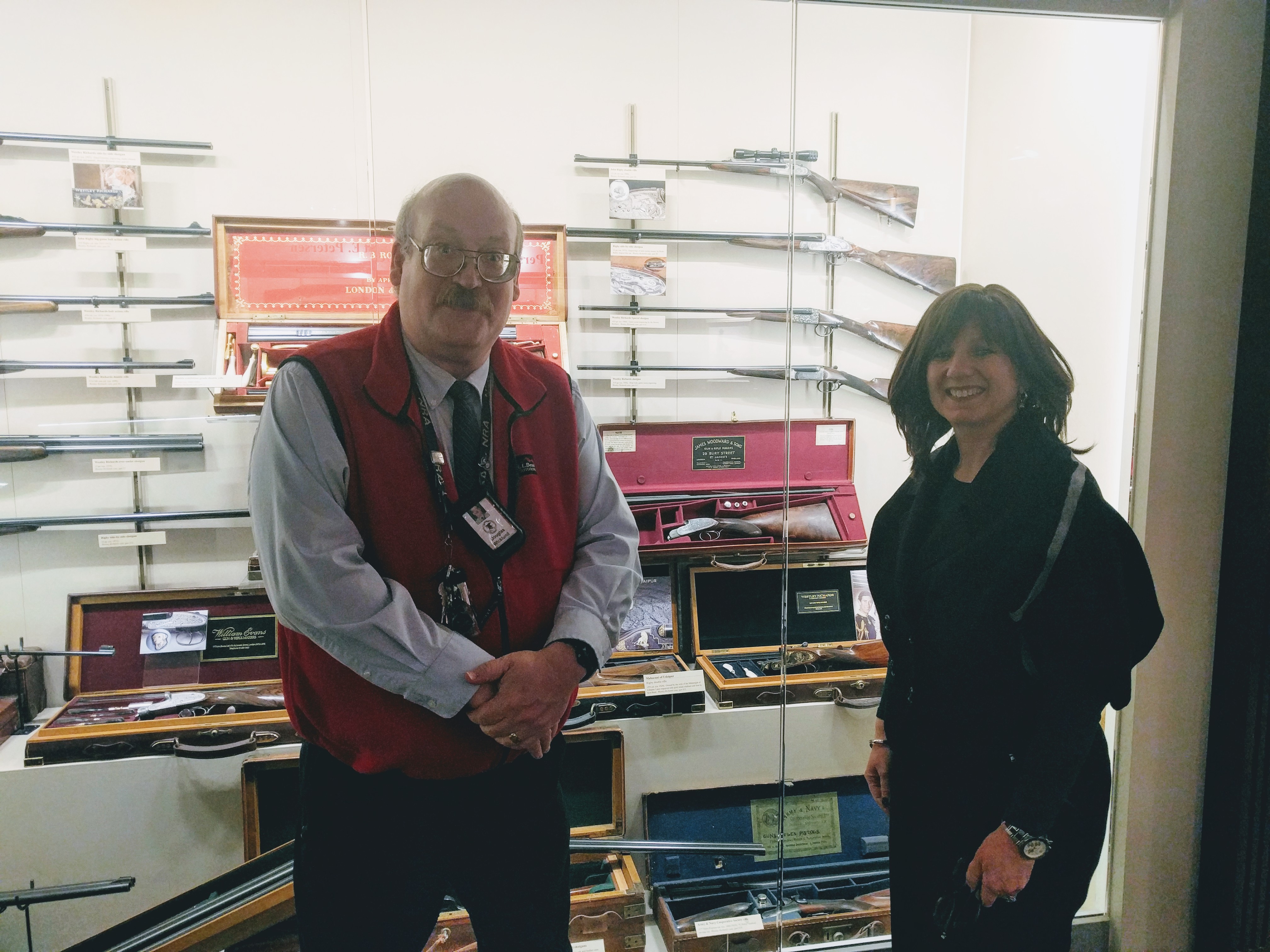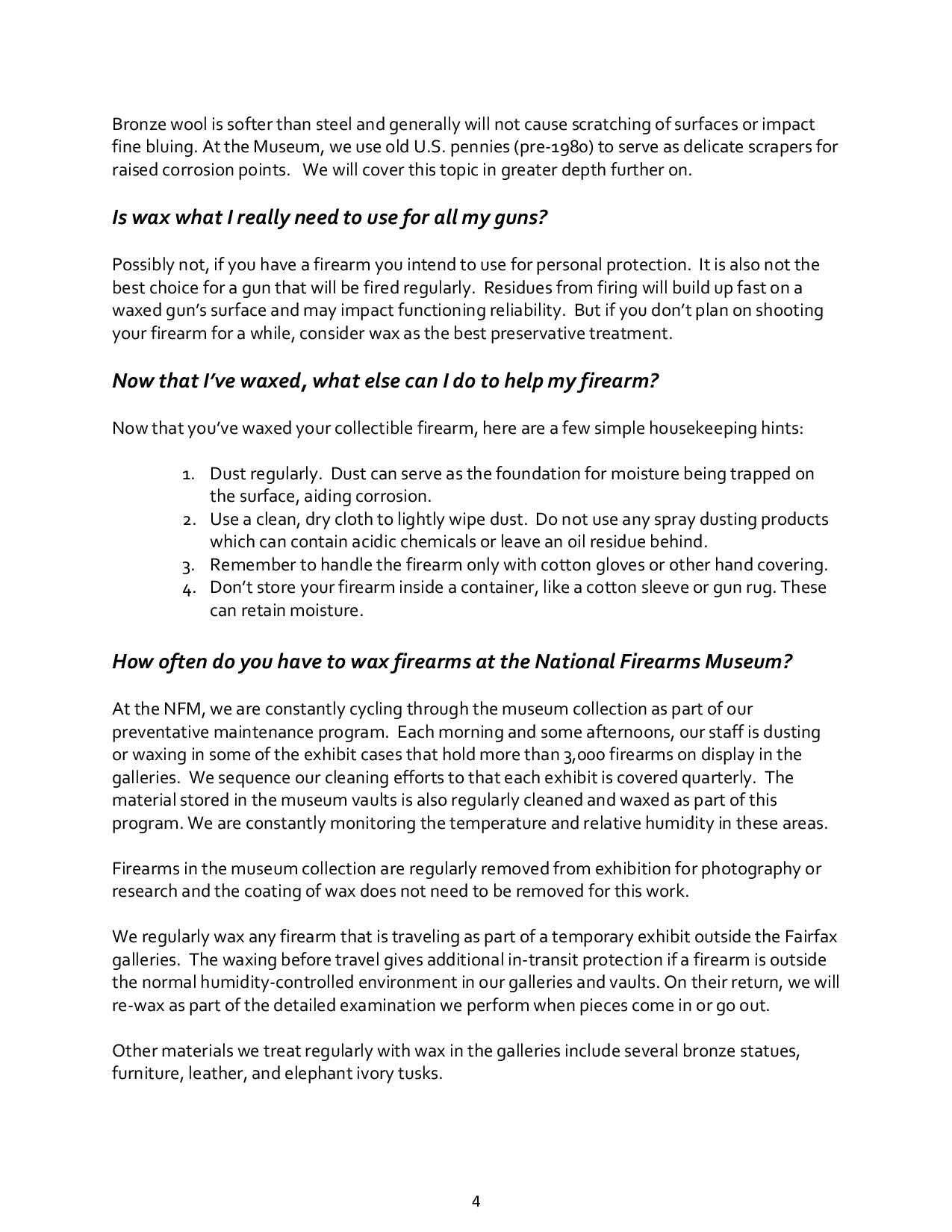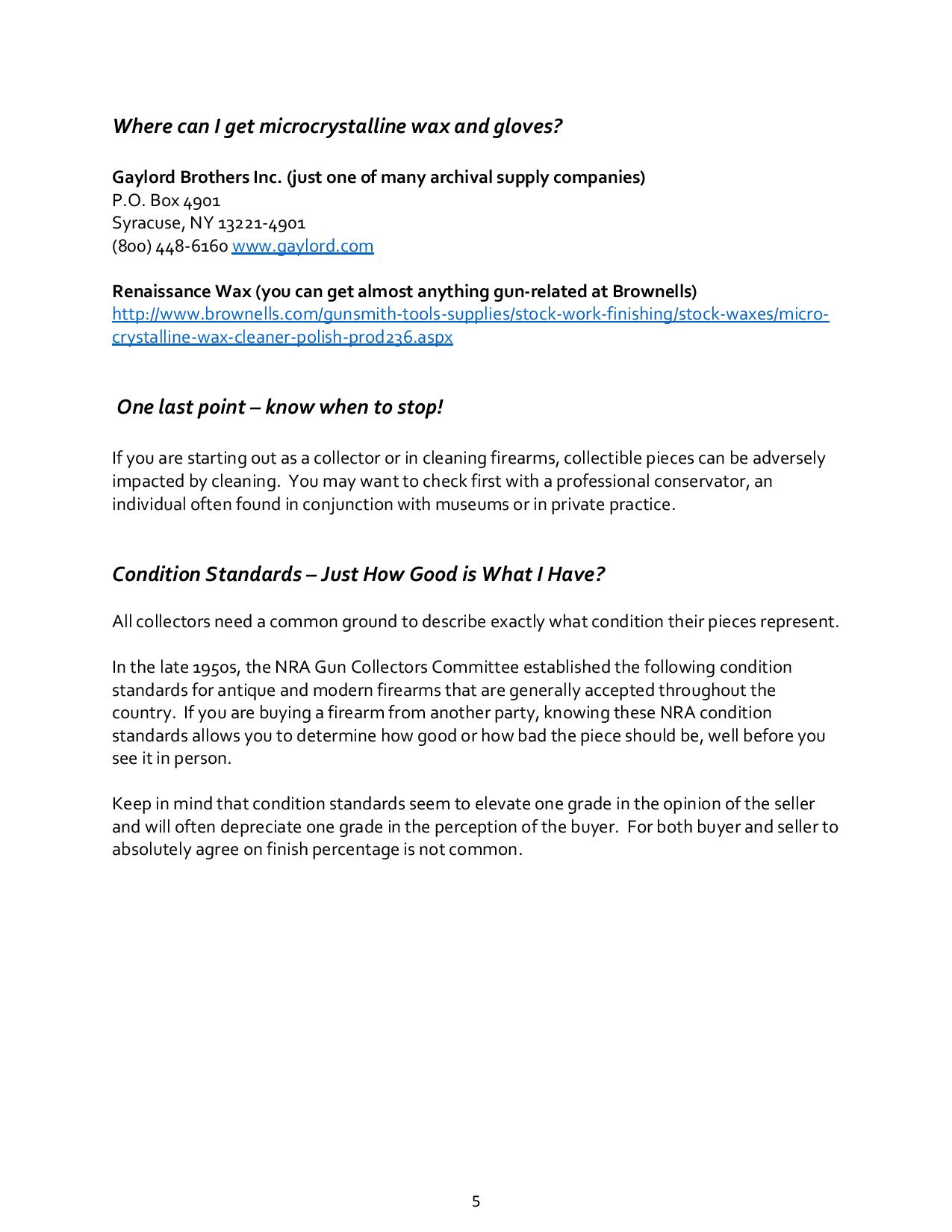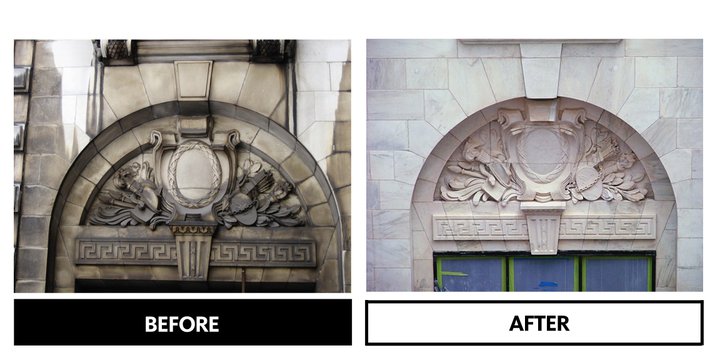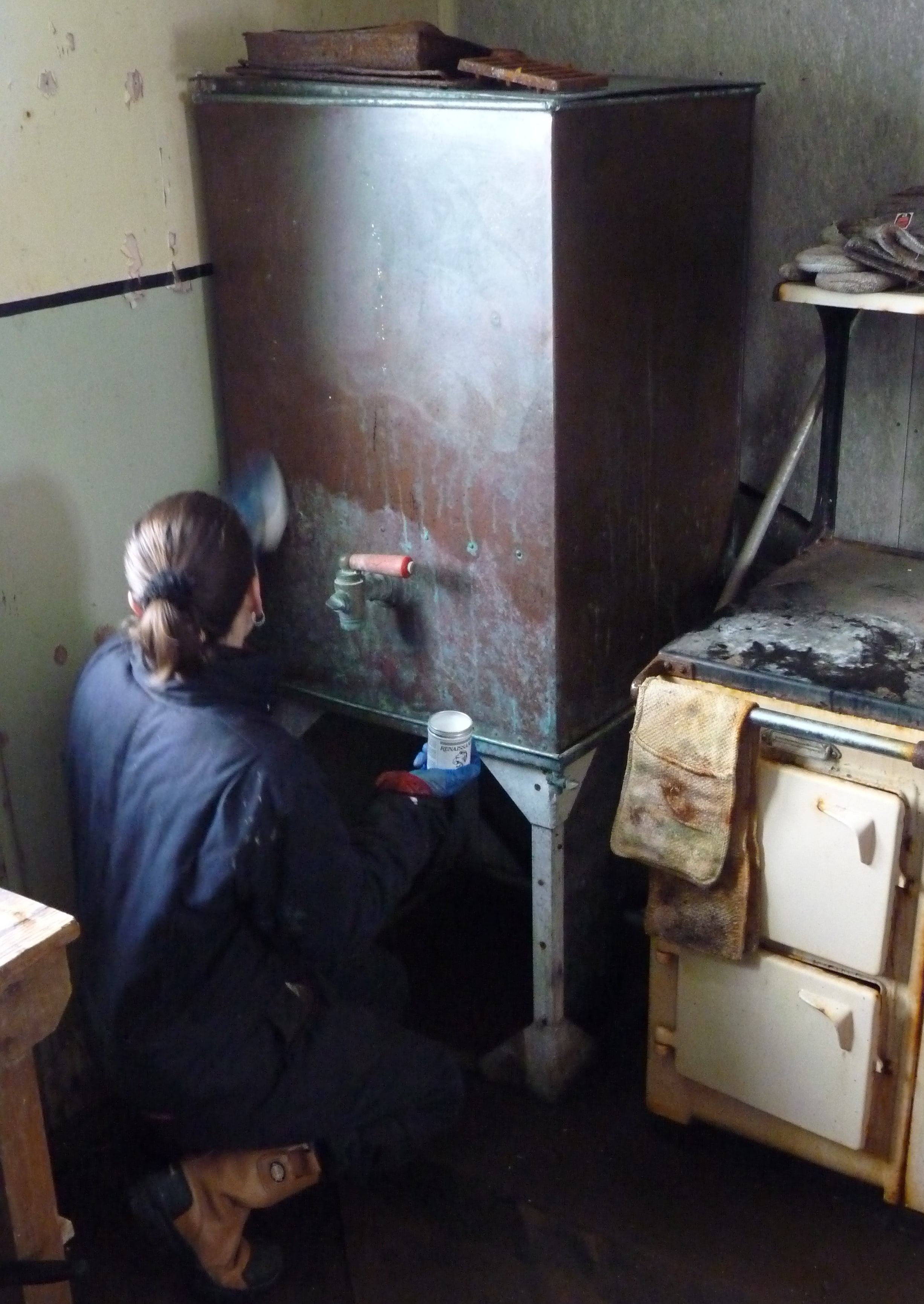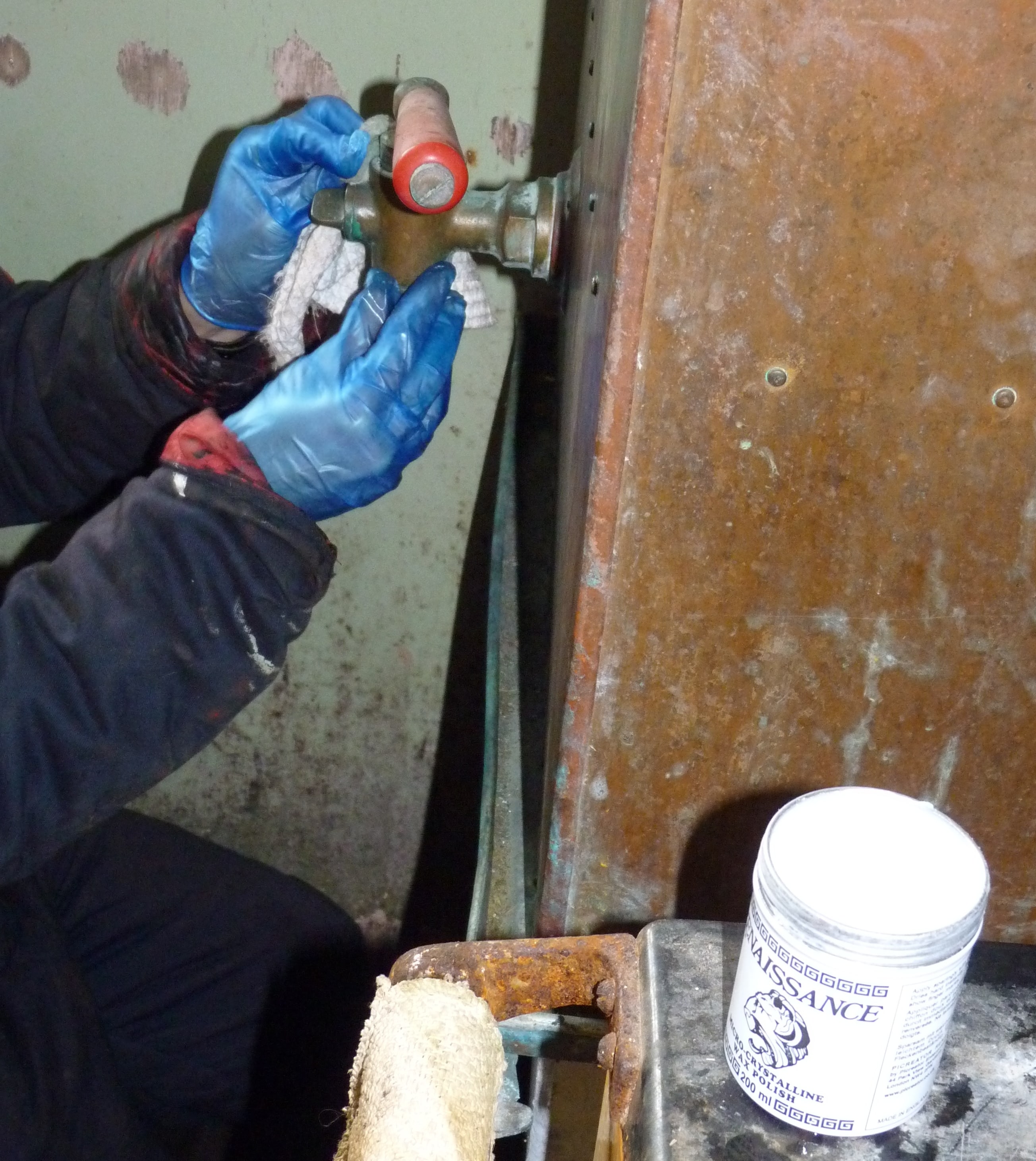A team from the Antarctic Heritage Trust went to Base W, on Detaille Island, to conserve the hut and its contents. Base W was established in 1956 for the study of meteorology and the ongoing topographical and geological surveying of the area. The site was designated a Historic Site and Monument (HSM) in June 2009, 50 years after the base’s closure, and is now under the custodianship of the UK Antarctic Heritage Trust. This is the first time that a designated work party has been sent specifically to conserve the hut and its contents, and we are proud that our products were chosen to help with this task.
The team used Renaissance wax on the metal tank in the kitchen; in the 1950s when the hut was in use, this tank was filled with snow and provided hot running water for the 10 men living on the base. The wax was also used at Port Lockroy on the metal tank there, and on the metal cutlery, kettle and fridge.
To find out more about the Antarctic Heritage trust, check out their website www.ukaht.org.


